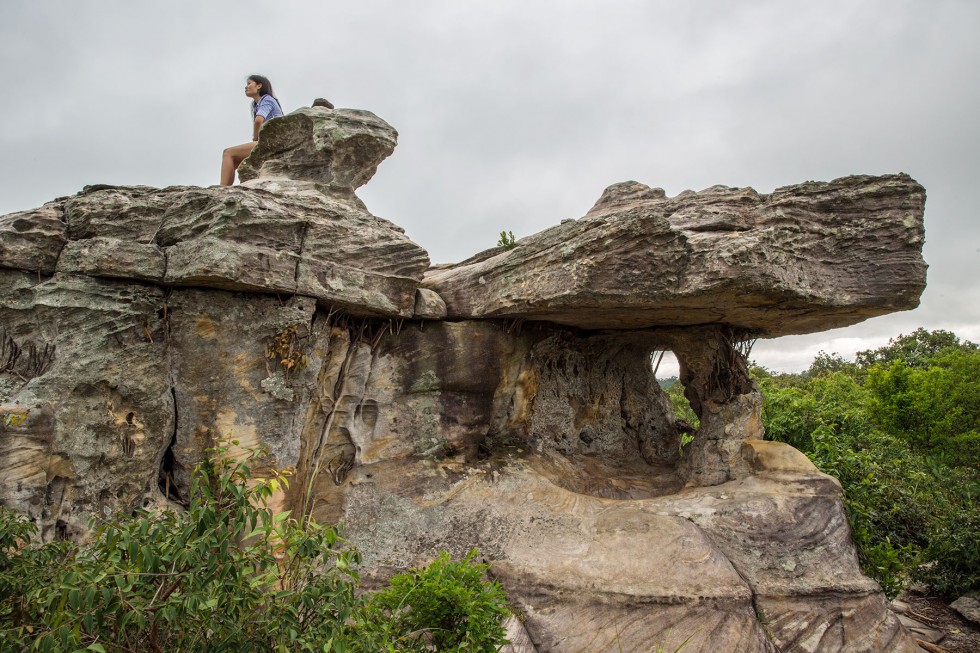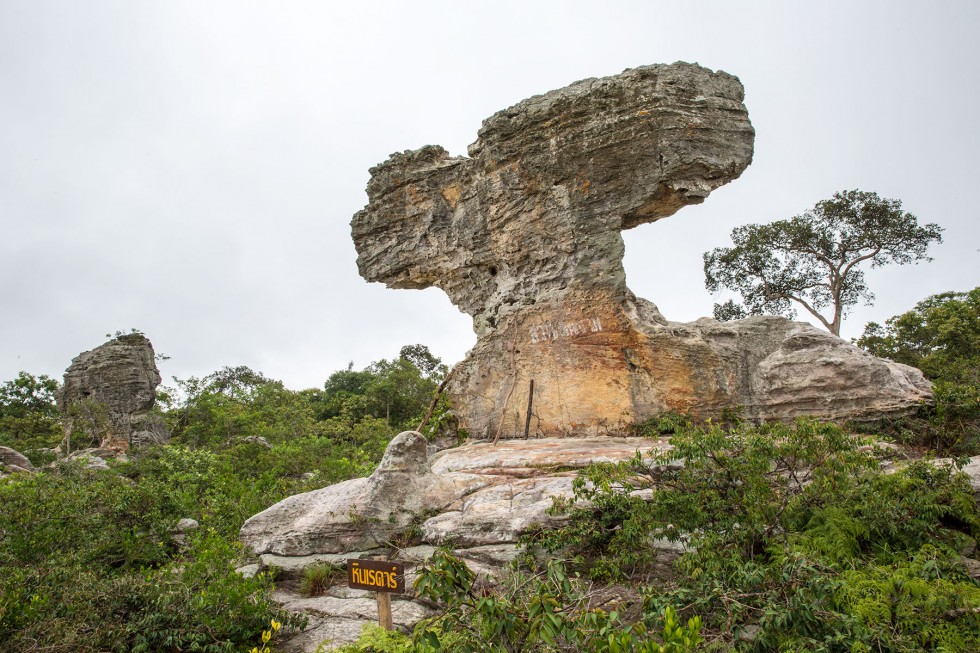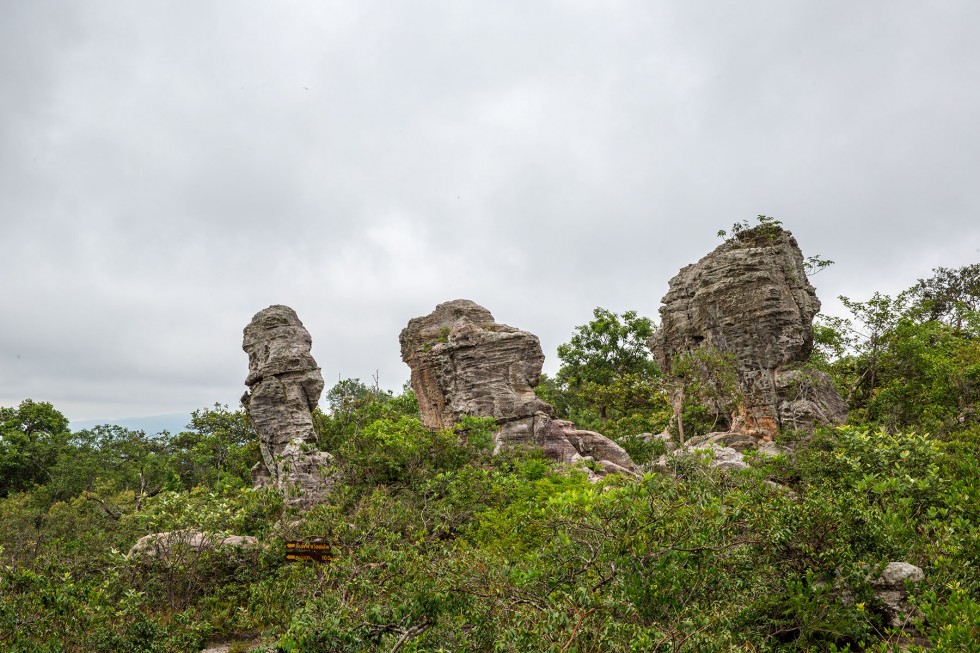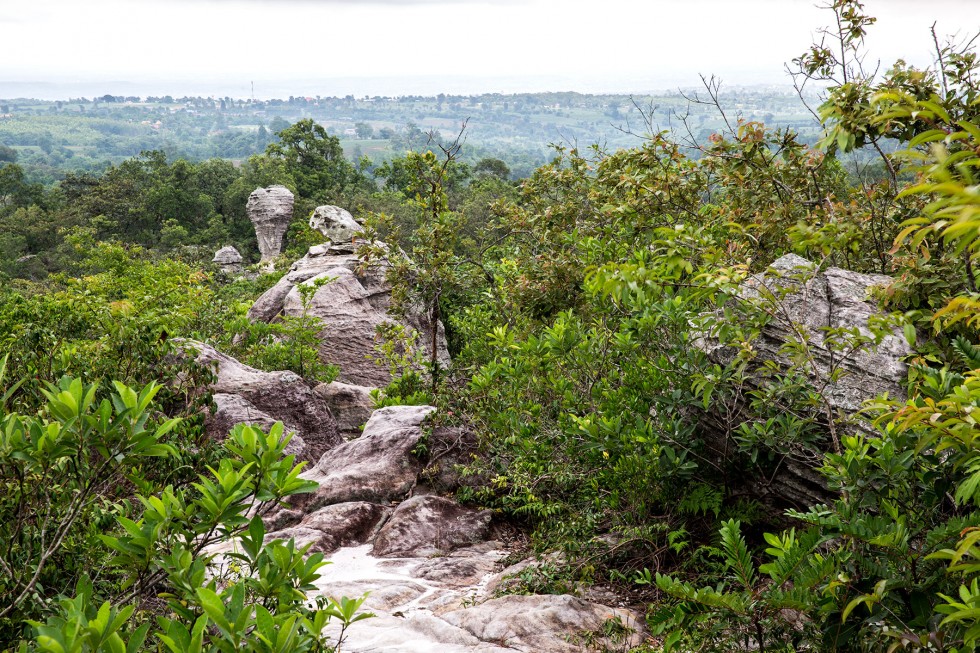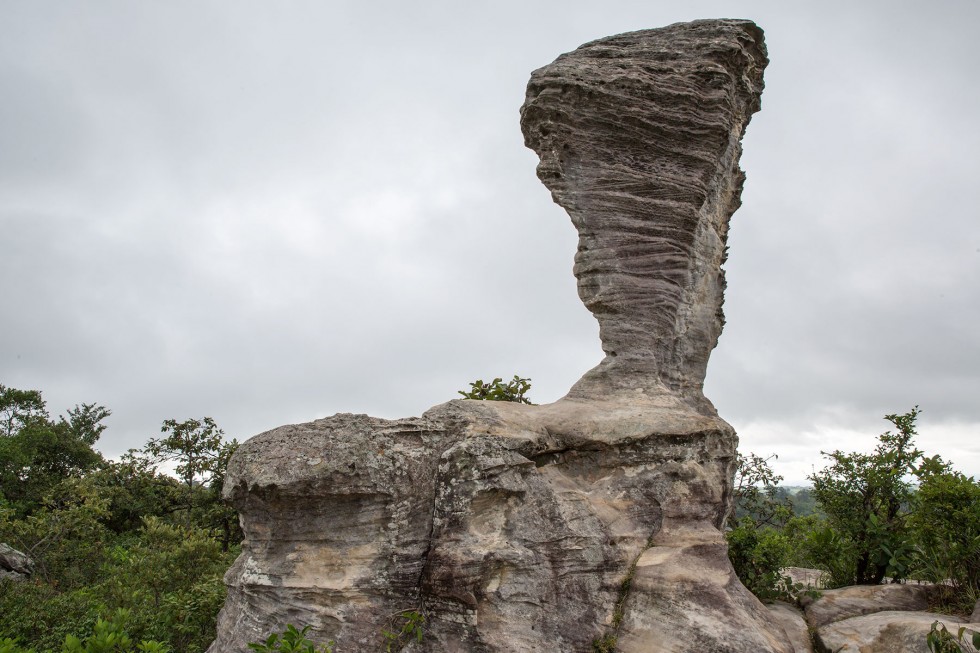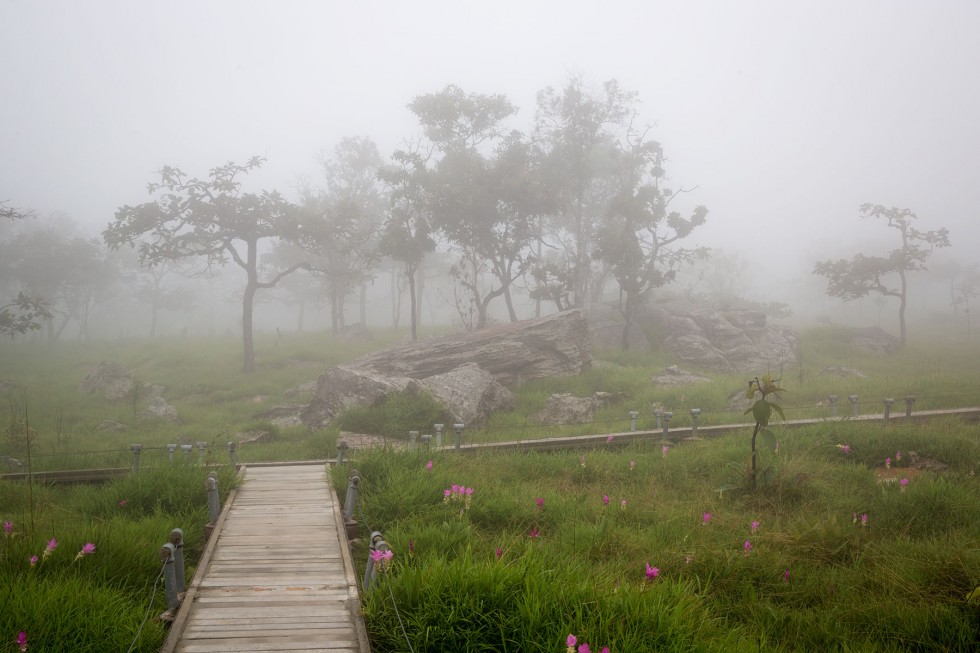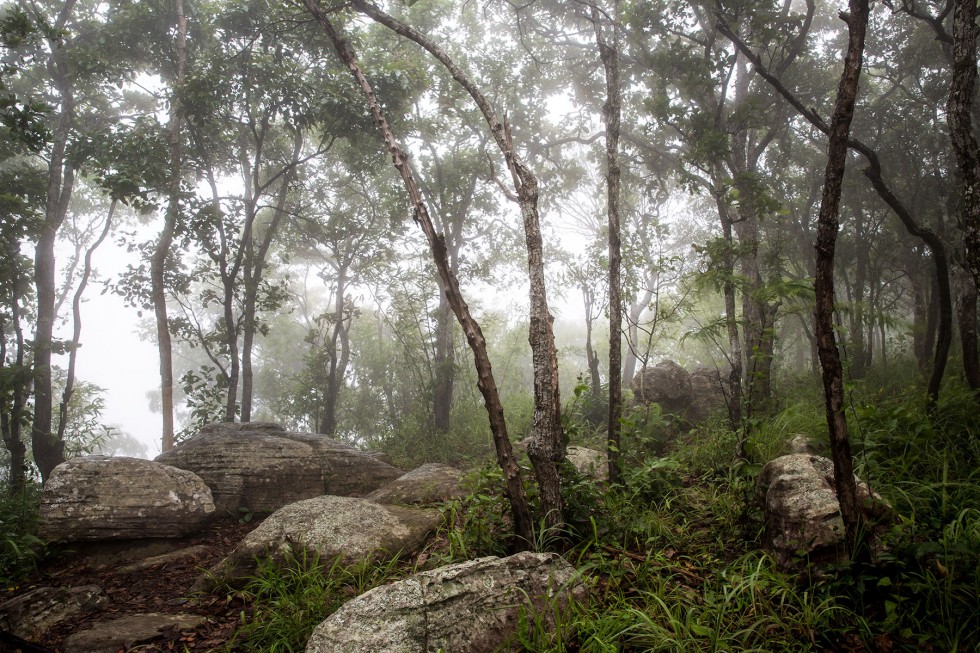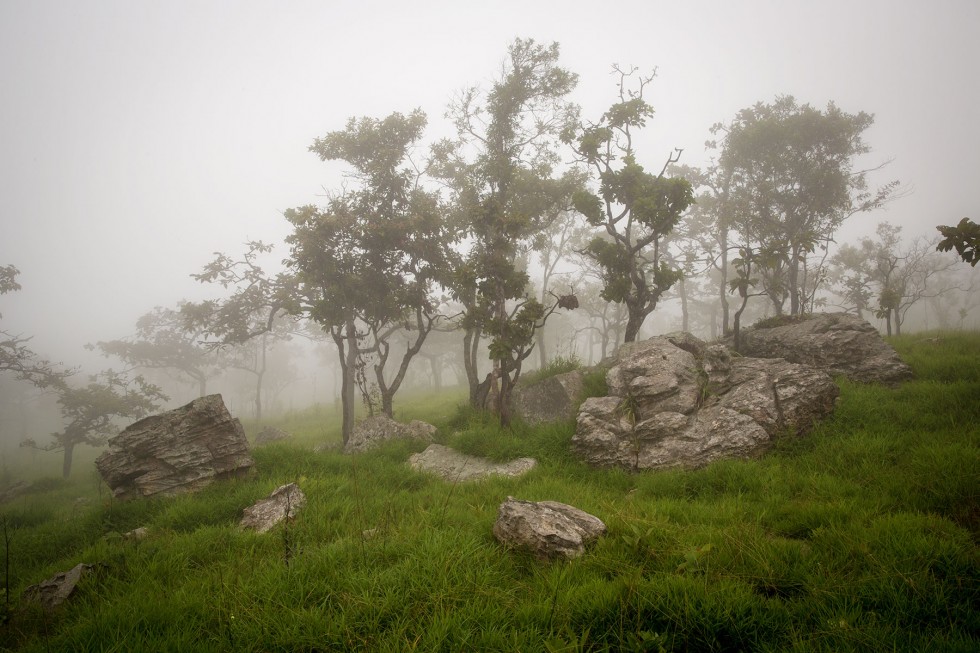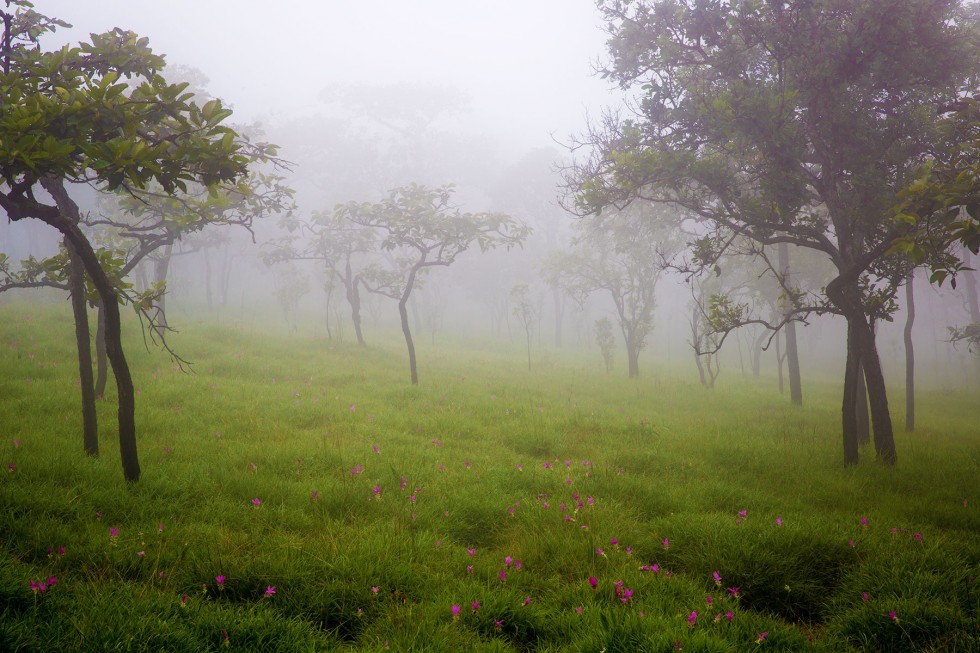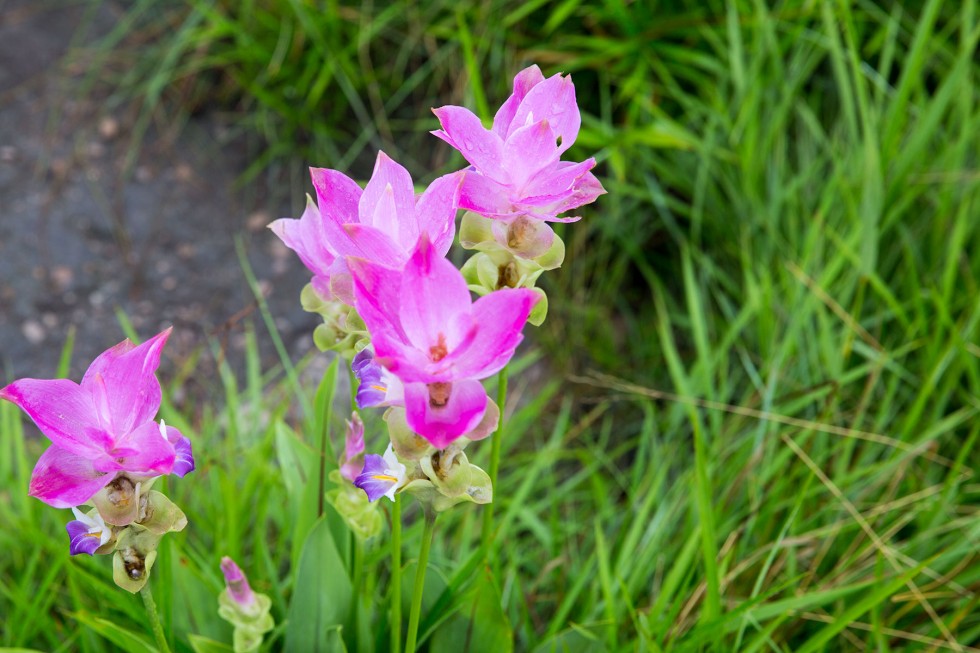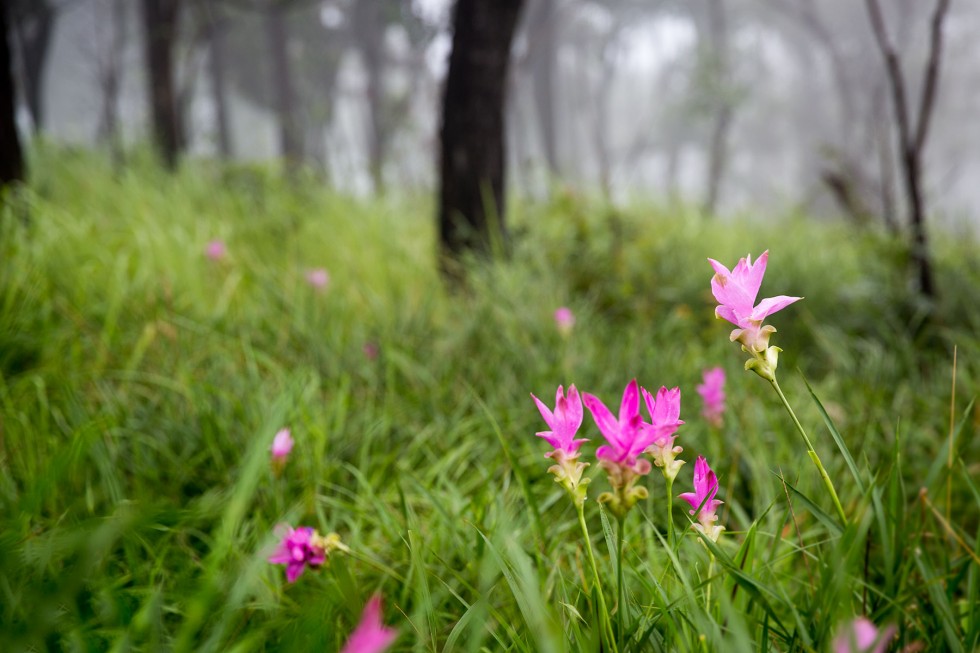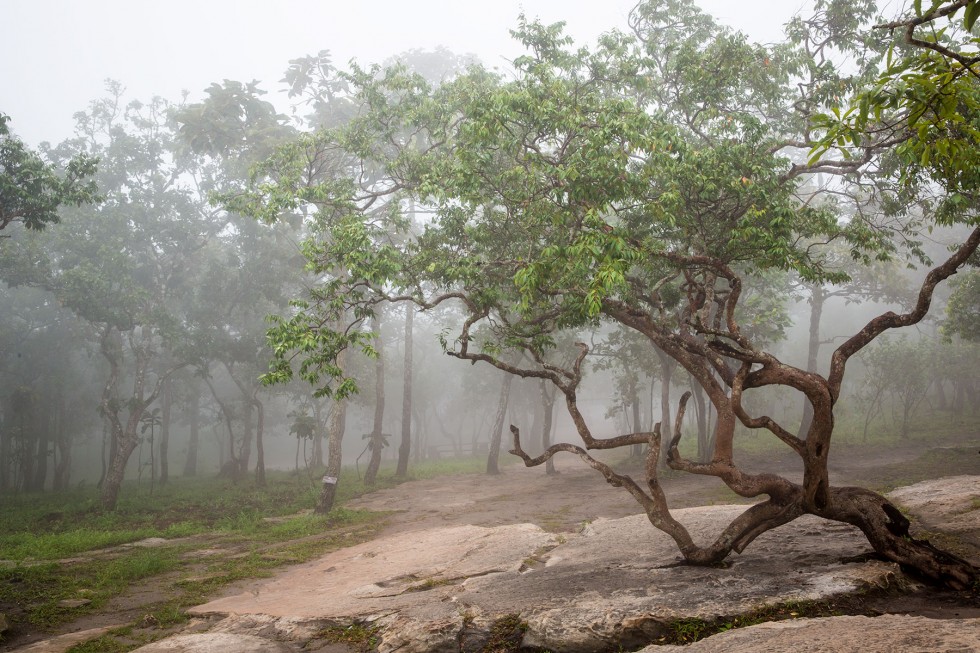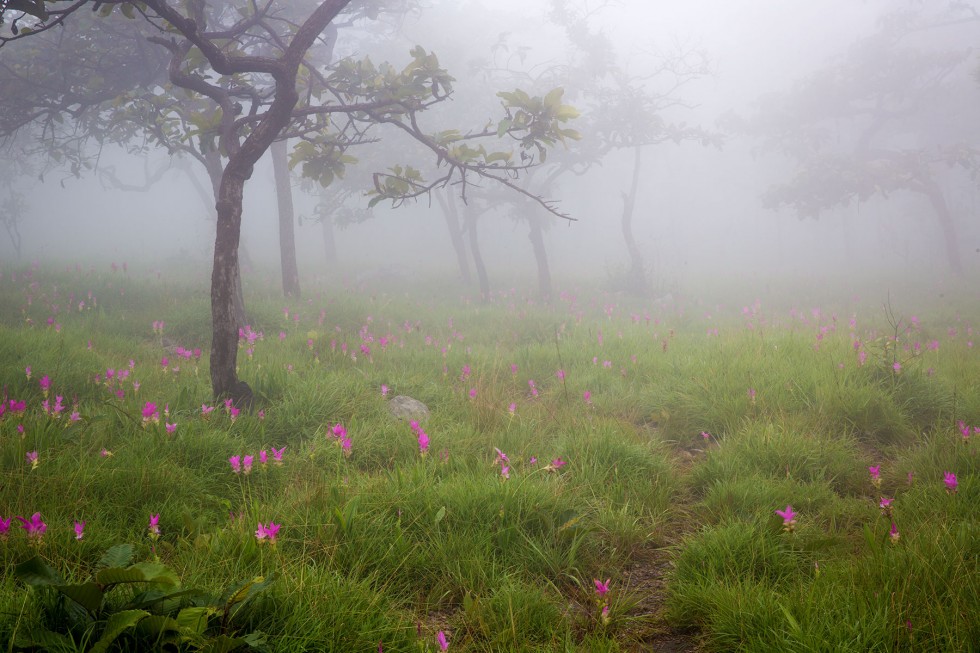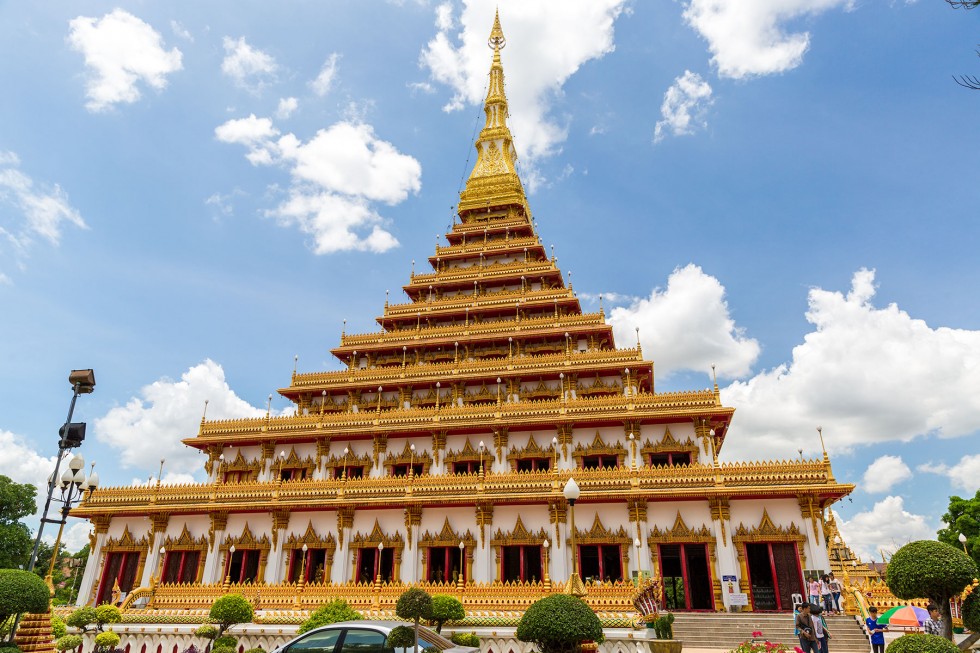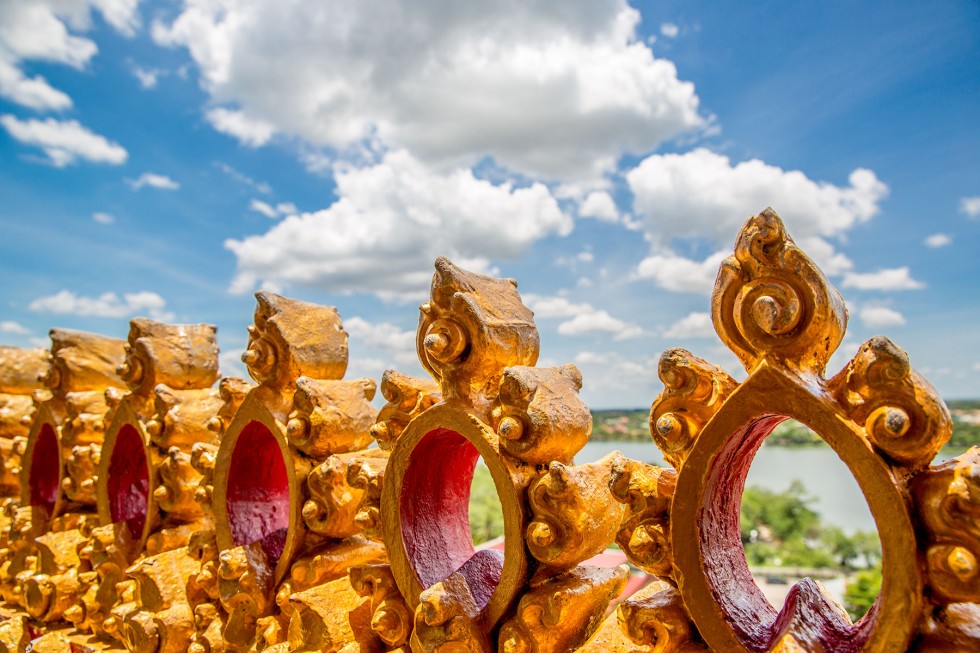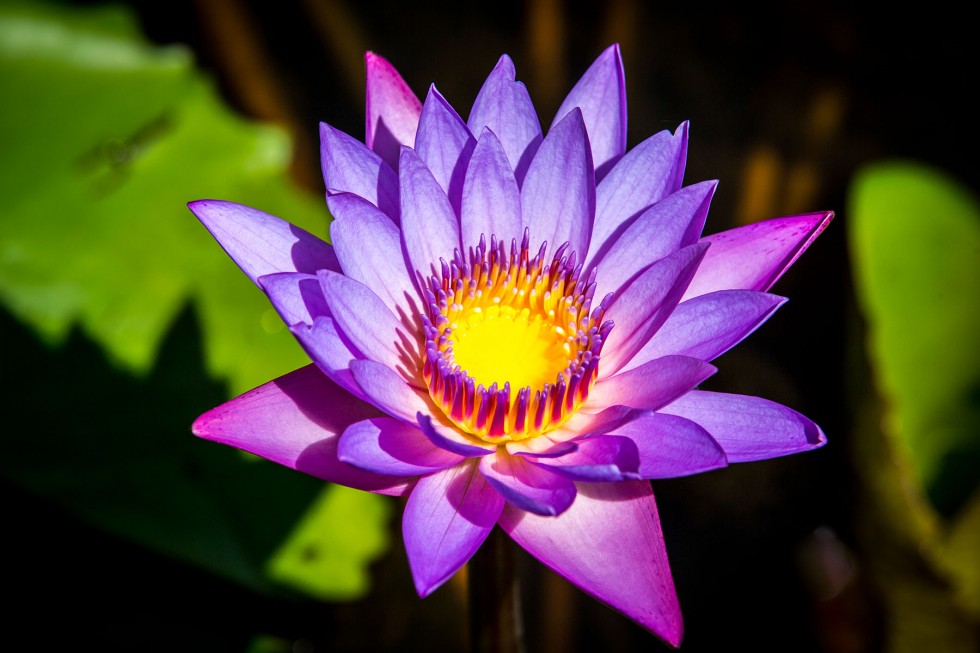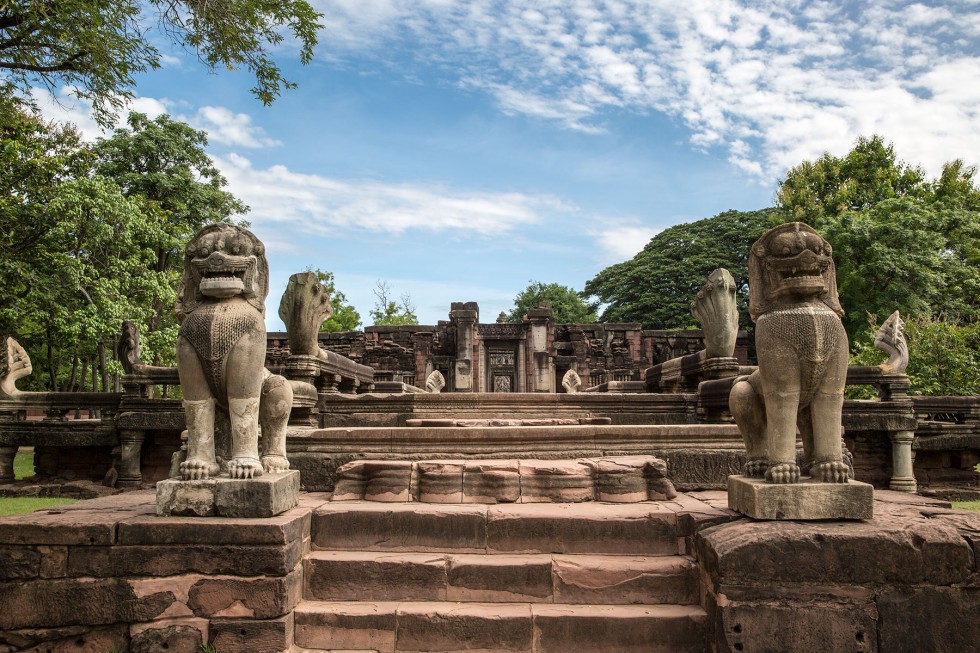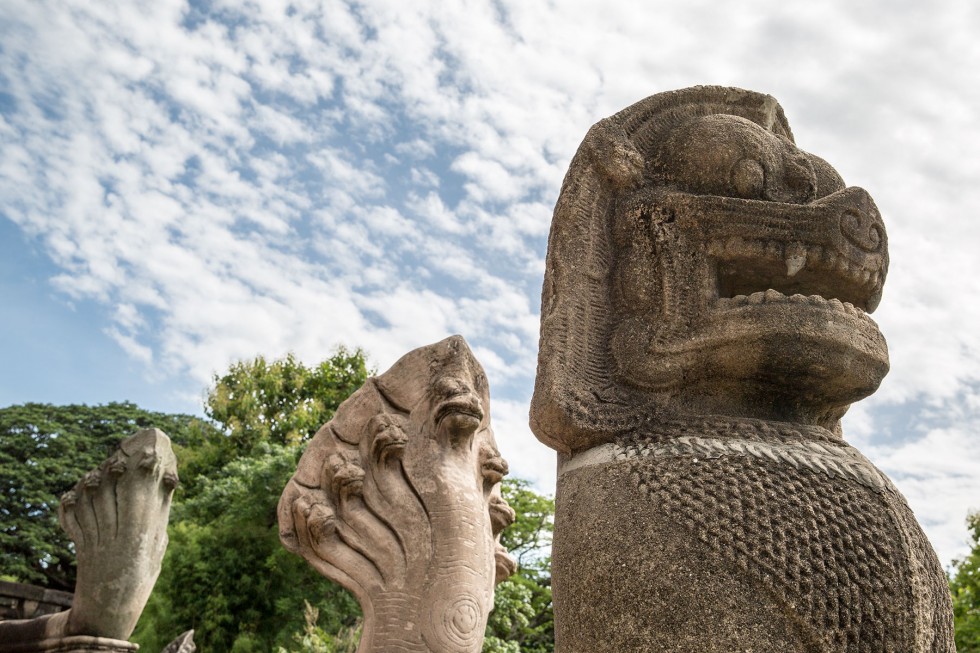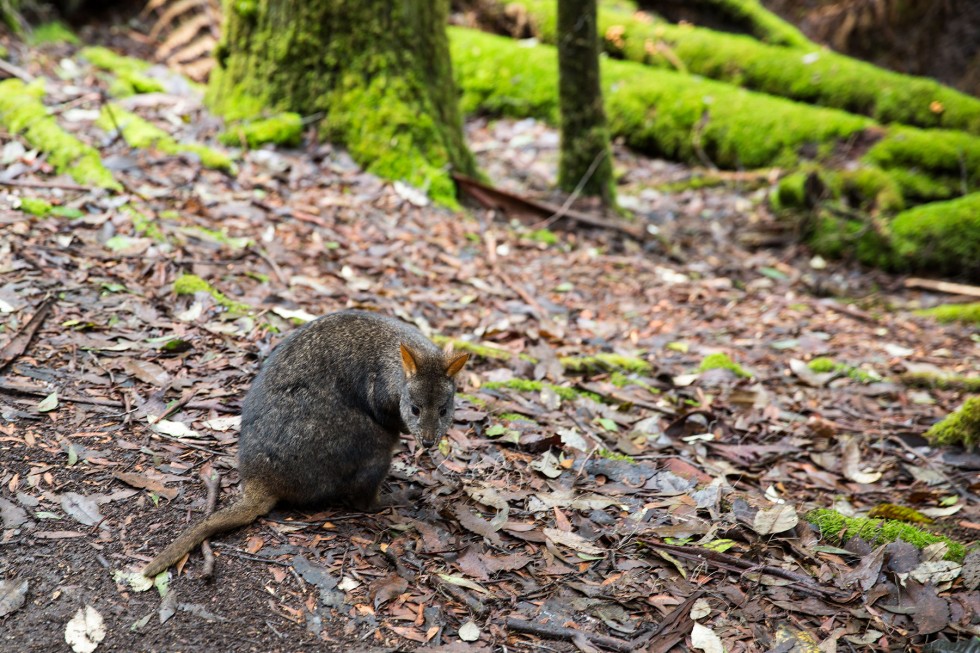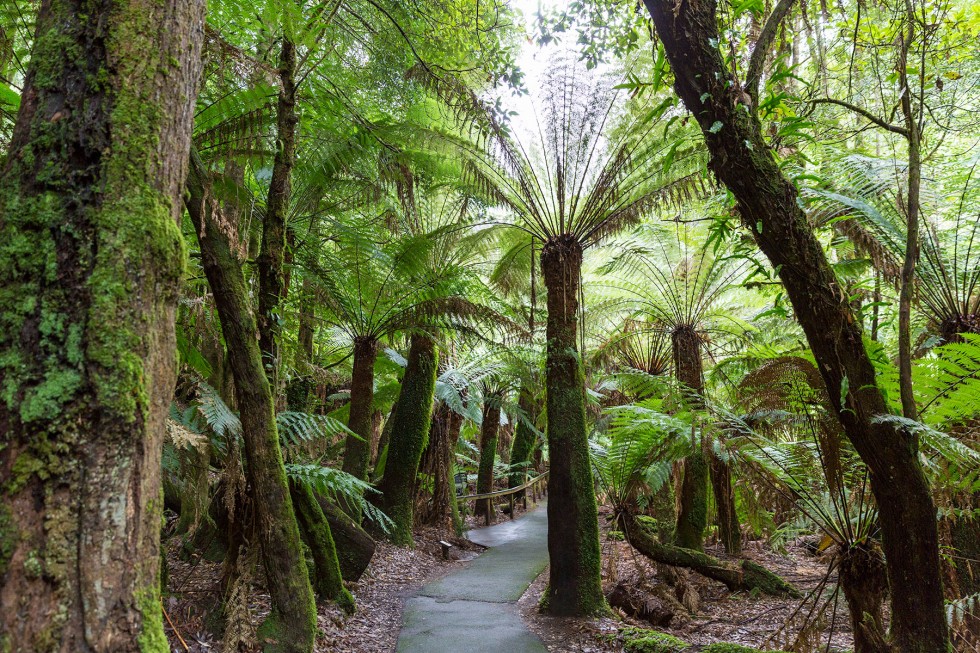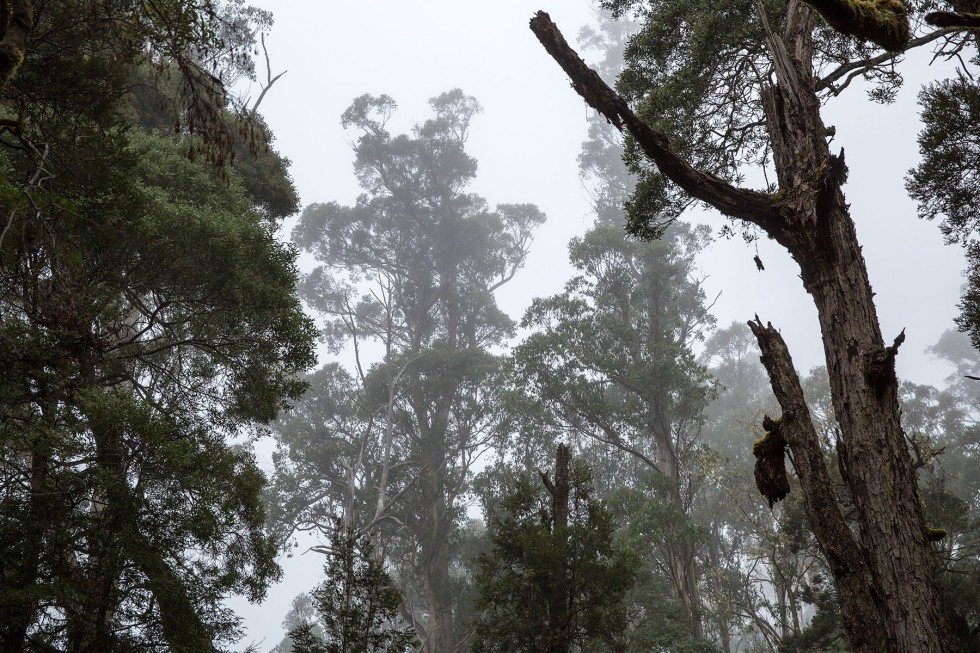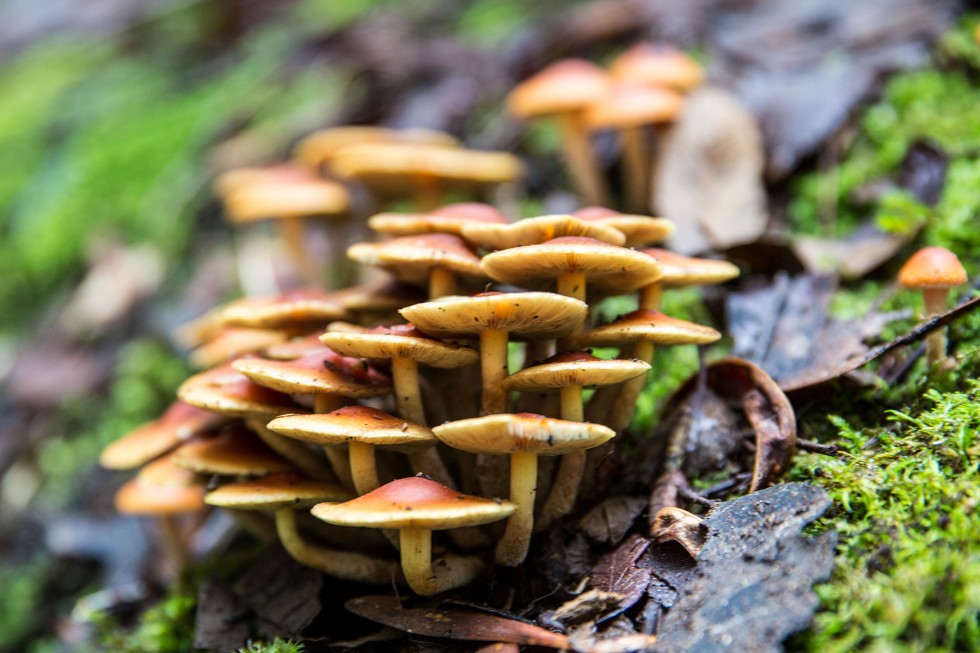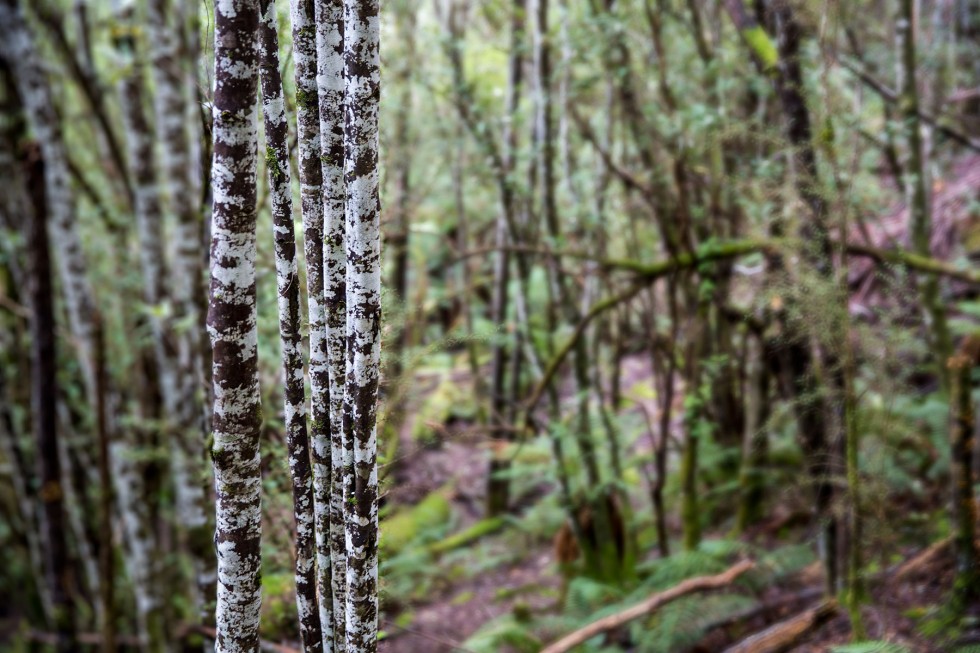For most visitors, Thailand is about beaches, culture, and more beaches. What few realize is that the Kingdom has quite an abundance of natural beauty as well. The beaches are certainly nice and the culture is wonderful, but the nature is spectacular as well. Thailand has a lot of natural beauty that is worth seeing.
The difference is that most of these natural gems are not promoted to tourists. They remain largely hidden and out of reach to the average visitor. This is both good and bad. The good is that they are not overrun by the tourist hordes. There are no giant buses spewing diesel smoke, racing minivans loaded with tourists, or hordes of people filing the area. Mostly, it is just Thais and a few foreigners here and there.
The bad is that many of the Thai visitors have little respect for nature. Garbage is thrown all over, people stray from the paths, and there is a lot of damage done. Nor does Thailand spend much money in areas that are not heavily touristed, so many of these places are neglected or not as well cared for as they should be.
In general, the Thai do not have very much respect for nature. Many of the national parks I have visited are clearly on the decline. I find it really sad to visit a beautiful place and watch (mostly) Thai people walking where they should not, carving their names into rocks and trees, throwing garbage on the ground, and so on.
This lack of respect or concern extends to everyday life, so it is not a surprise to see Thai throwing their garbage on the ground at national parks, walking off the path onto critical habitat, or altering the landscape by moving rocks around or doing other things. After all, they have no problem with tossing trash out their car window or just dropping packaging on the ground as they walk by. They are not going to worry about it at a national park.
The subtext is that if more foreign tourists then these place would be more cared for than they are, and this is probably true. However, I firmly believe that Thailand, as in most cases, can tackle this problem on its own if it chose to. Certainly it could at the national park level for sure. There are park staff around and they should make a big deal out of someone tossing their trash on the ground or walking off the paths. They don’t.
Admittedly, Thailand has more to worry about than garbage and people stepping off the path at national parks. Though, if they do not take action they are going to find that the beaches are not so nice, the parks are not so nice, and they have poached the last of their wild elephants. There will not much left for tourists to come see. More importantly, Thailand is squandering its own natural heritage and that is a shame.
The photo above was a typical scene at Pa Hin Ngam National Park, where garbage littered the park. I was going to add photos of similar scenes from around Thailand to this post but it was too depressing to go through and put together those kinds of photos.
